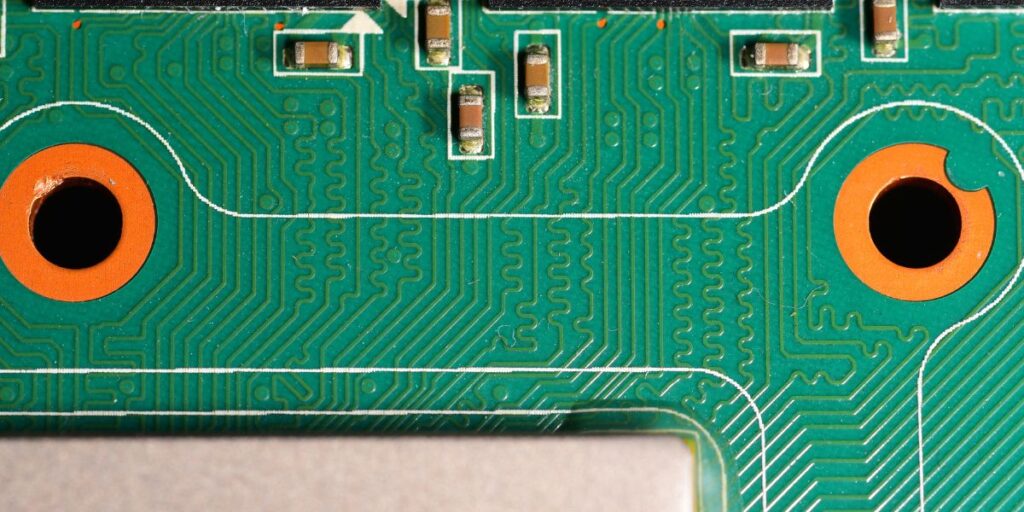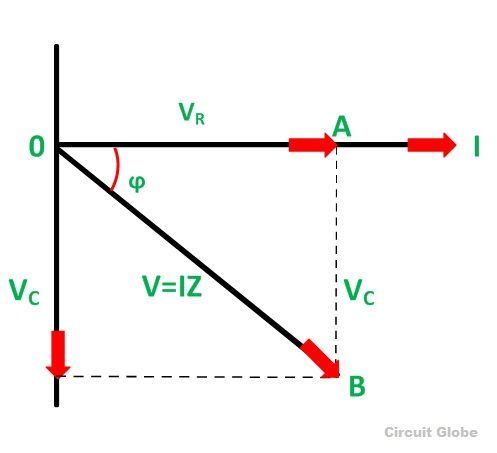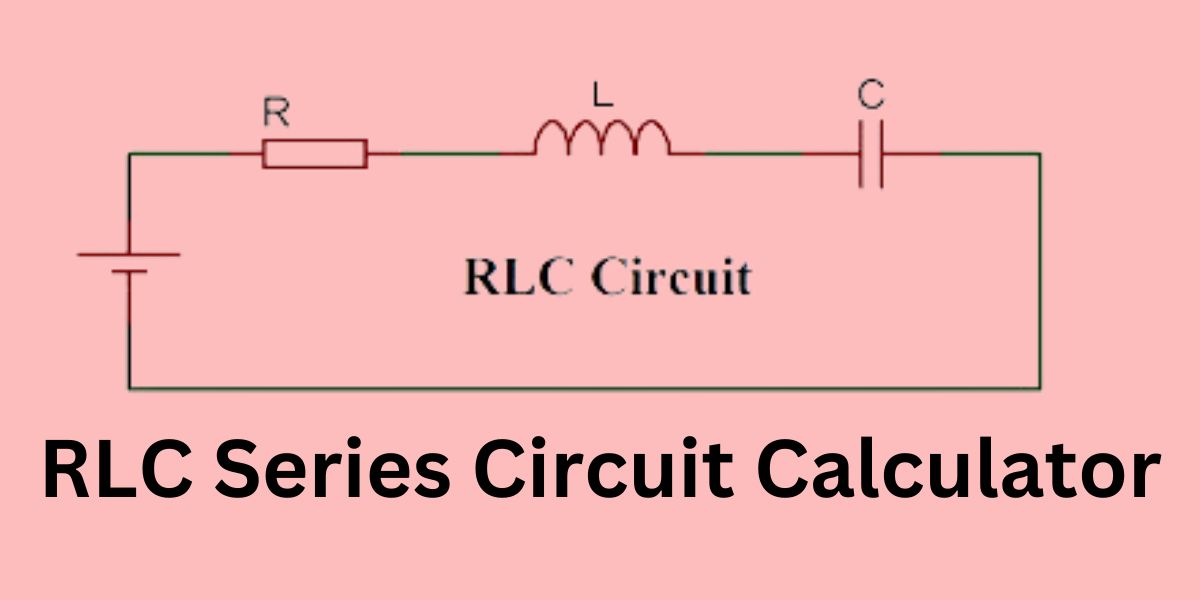Series And Parallel Circuits Worksheet, In the domain of electrical circuits, two essential setups rule preeminently: Series and parallel circuits.
Understanding their characteristics, focal points, and impediments is fundamental for anybody diving into the world of gadgets. This exposition points to illustrate these concepts, giving clarity through clarification, a worksheet, and answers to common questions.
Key takeaways
Series Circuits:
- Single Path: In a series circuit, all components are connected end-to-end in a single path.
- Same Current: The current through each component is the same, dictated by the total resistance of the circuit and Ohm’s Law (I = V/R).
- Voltage Dividers: Voltage is divided among the components based on their resistances. The total voltage of the circuit is the sum of the individual voltages across each component.
Parallel Circuits:
- Multiple Paths: In a parallel circuit, components are connected across multiple paths, each connected directly across the voltage source.
- Voltage Across Components: Each component in a parallel circuit has the same voltage applied across it (equal to the voltage of the source).
- Current Division: The total current supplied by the source divides among the branches of the circuit based on the individual branch resistances.
What are Arrangement and Parallel Circuits?

What are Arrangement and Parallel Circuits?
Series and parallel circuits are two essential courses of action of electrical components that decide how current streams inside a circuit. In a Series circuit, components are associated end-to-end, shaping a single pathway for the current to stream. Alternately, in a parallel circuit, components are associated in numerous pathways, permitting current to separate and stream through each department independently.
Understanding Series Circuits
In a Series circuit, the current remains steady through all components. This implies that if one component falls flat or is evacuated, the whole circuit will be hindered. Series circuits are characterized by the taking-after features:
- Single Pathway: Components are associated in a single persistent circle, advertising as if it were one pathway for current flow.
- Voltage Division: The add-up to the voltage over the circuit is separated among the components, with each component accepting a parcel of the add-up to voltage.
- Resistance Collection: The add-up to resistance in a Series circuit is the entirety of the personal resistances of each component.
Creating Worksheets for the Arrangement of Circuits
When planning worksheets for Series circuits, center on concepts such as Ohm’s Law, voltage division, and add up to resistance calculation. Incorporate questions that require understudies to analyze circuit charts, calculate current and voltage values, and troubleshoot circuit issues.
Series Circuits Worksheet Example:
Analyzing Arrangement Circuits
Worksheet Example
- Question 1:
Given an arrangement circuit with three resistors of 10 ohms, 20 ohms, and 30 ohms associated with a 12-volt battery, calculate the add-up to resistance and the current streaming through the circuit.
- Question 2:
If one resistor in an arrangement circuit is evacuated, how does it influence the add-up to resistance and current flow?
Understanding Parallel Circuits
Parallel circuits offer numerous pathways for the current stream, giving repetition and steadiness. Not at all like arrangement circuits, the evacuation of one component in a parallel circuit does not hinder the whole circuit.
Key characteristics of parallel circuits include:
- Multiple Pathways: Components are associated in isolated branches, permitting current to stream freely through each path.
- Constant Voltage: The voltage over each component in a parallel circuit remains the same as the add-to voltage provided by the source.
- Current Division: The add-to current entering a parallel circuit isolates among the branches based on the resistance of each path.
Crafting Worksheets for Parallel Circuits
When making worksheets for parallel circuits, emphasize concepts such as Kirchhoff’s Current Law, add up to current calculation, and voltage over branches.
Incorporate works that require understudies to analyze parallel circuit charts, calculate identical resistances, and decide the add up to current streaming through the circuit.
Parallel Circuits Worksheet Example:
Investigating Parallel Circuits
Worksheet Example
- Question 1:
In a parallel circuit comprising three branches with resistances of 5 ohms, 10 ohms, and 15 ohms, calculate the add-up to resistance and the add-up to current drawn from a 24-volt battery.
- Question 2:
If one department in a parallel circuit is disengaged, how does it affect the add-up to current streaming through the circuit?
Designing Viable Worksheets:
To make locks in and instructive worksheets on the arrangement and parallel circuits, consider the following tips:
- Clarity and Structure: Show data in a clear and organized way, utilizing graphs and outlines to help understanding.
- Variety of Works Incorporates a blend of hypothetical questions, numerical issues, and real-world applications to cater to diverse learning styles.
- Progression of Trouble: Begin with essential concepts and continuously increment the complexity of works out to challenge understudies at diverse levels.
- Interactive Components: Join intuitive components such as fill-in-the-blank segments, coordinating exercises, and circuit-building reenactments to upgrade engagement.
Example: Christmas lights associated in an arrangement circuit.
- Parallel Circuits: Definition: A parallel circuit is a setup where components are associated with common focuses, permitting different pathways for current flow.
- Characteristics: In a parallel circuit, voltage over each component is the same, and the add-on resistance diminishes as more branches are added.
- Formula: Add up to resistance in a parallel circuit is calculated contrarily (1/R_total = 1/R1 + 1/R2 + … + 1/Rn).
- Example: Family electrical wiring.
Advantages:
- Series Circuits:
- Simple plan and simple to understand.
- If one component comes up short, it does not influence others.
Parallel Circuits:
- Increased unwavering quality as one component disappointment does not disturb the whole circuit.
- Higher add up to current capacity due to different pathways.
Disadvantages:
Series Circuits:
- Total resistance increments with each component, driving diminished general performance.
- If one component falls flat, the whole circuit is disrupted.
Parallel Circuits:
- Complex plan and troubleshooting.
- Higher fetched due to the requirement for more components.
Worksheet:
| Question | Series Circuit Answer | Parallel Circuit Answer |
|---|---|---|
| What happens to the total resistance? | Increases with each component. | Decreases as more branches are added. |
| How does the current flow through components? | The same current flows through all. | Divides among different branches. |
| What happens if one component fails? | Disrupts the entire circuit. | Does not affect the rest of the circuit. |
| What is the formula for total resistance? | R_total = R1 + R2 + … + Rn | 1/R_total = 1/R1 + 1/R2 + … + 1/Rn |
| Give an example of each type of circuit. | Christmas lights | Household electrical wiring |
FAQs about Series And Parallel Circuits Worksheet
What is the difference between series and parallel circuits?
Series circuits have a single pathway for current flow, while parallel circuits offer multiple pathways. In series circuits, components are connected end-to-end, whereas in parallel circuits, components are connected across multiple branches.
How do I calculate total resistance in a series circuit?
To calculate the total resistance in a series circuit, add up the resistances of all components connected in the circuit.
Why is it important to understand series and parallel circuits?
Series and parallel circuits are fundamental concepts in electrical engineering and physics. Understanding these circuits is essential for analyzing and designing electrical systems, from simple circuits to complex networks.
Conclusion
In conclusion, understanding arrangement and parallel circuits is essential for anybody managing hardware. Arrangement circuits offer effortlessness but are inclined to disturbances if one component falls flat.
On the other hand, parallel circuits give unwavering quality and expanded current capacity but come with included complexity. By getting a handle on the characteristics, focal points, and impediments of each, people can viably plan and troubleshoot electrical frameworks with certainty.




